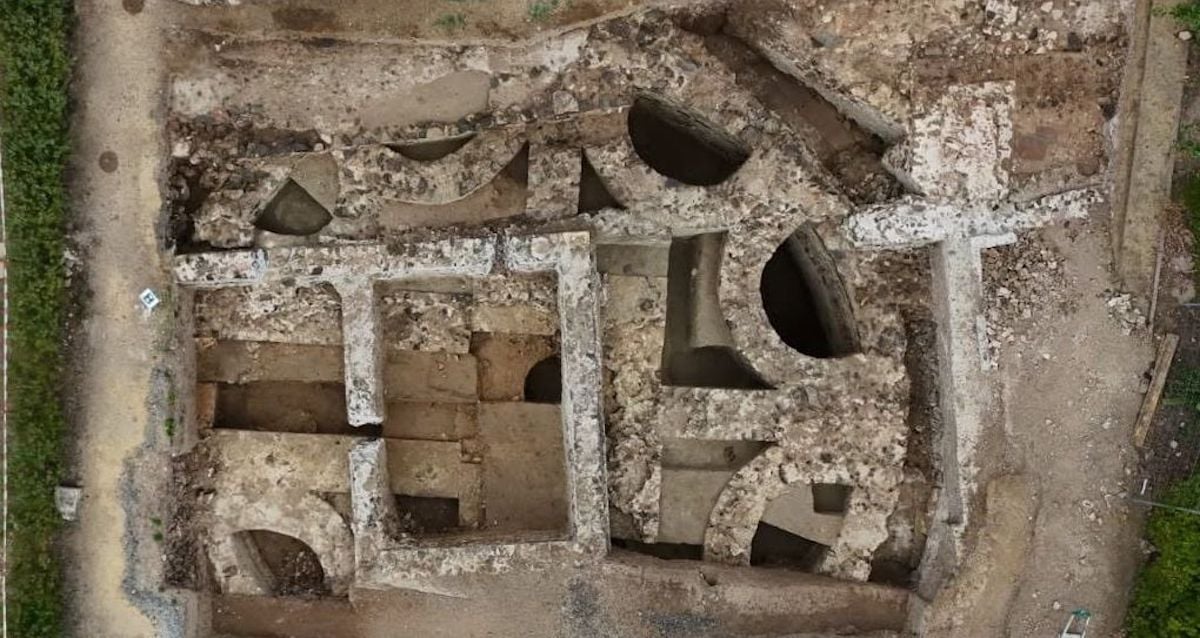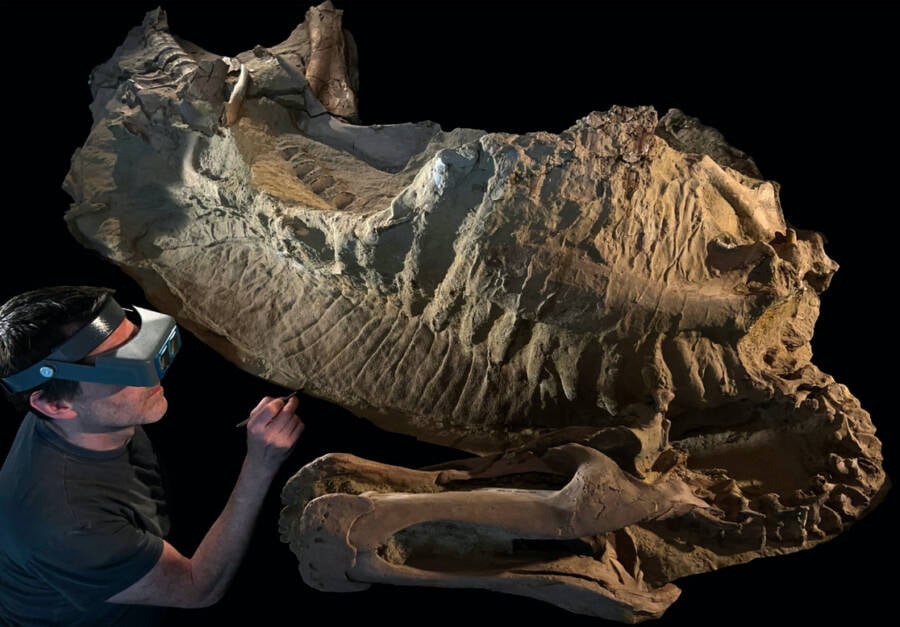Mystery Unveiled: Newly Discovered Roman Mausoleum in France Echoes Emperor Augustus’ Legendary Tomb
Imagine cruising through what was once the bustling Roman colony of Vienne—founded by Julius Caesar himself in 47 B.C.E.—and suddenly spotting a colossal mausoleum rising boldly on the horizon. This isn’t just any old tomb; it’s a nearly 2,000-year-old, perfectly preserved monument that screams “I’m somebody!” to anyone who passed by. Presumably crafted for a local big shot, this mausoleum, discovered near Lyon in Saint-Romain-en-Gal, mirrors the grandeur of the famed tomb of Emperor Augustus. Now, here’s a wild thought: in a time when selfies and social media were nonexistent, a tomb this flashy was basically the ultimate status update. What kind of legacy does that leave behind? And who was this aristocrat bold enough to stake their eternal claim so visibly? Hang tight, because this ancient spectacle offers a jaw-dropping glimpse into Roman Gaul’s elite funerary culture—and it might just flip your view on how history shows off its riches.
Presumably built for a local elite, this 2,000-year-old mausoleum would have been visible to anyone passing through what was once the Roman colony of Vienne, founded by Julius Caesar in 47 B.C.E.
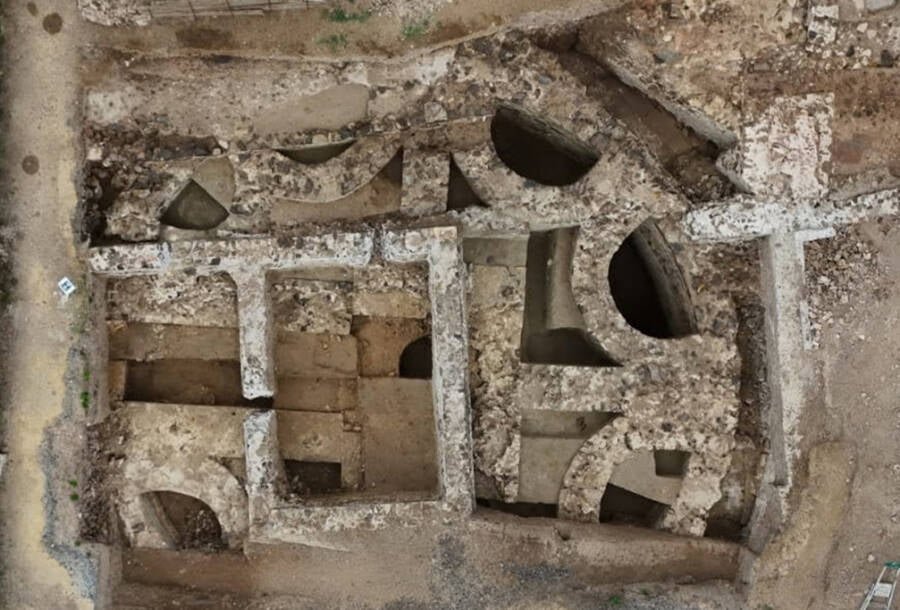
Musée Gallo-RomainThe Roman-style mausoleum found in Saint-Romain-en-Gal, France, which is similar to the tomb of Emperor Augustus.
Archaeologists in France have made an exceptional discovery in Saint-Romain-en-Gal, near Lyon: a well-preserved Roman mausoleum likely modeled after the tomb of Emperor Augustus.
Built around 50 C.E., the structure offers an unprecedented look at elite funerary architecture in Roman Gaul.
Why The Roman Mausoleum Recently Found Near Lyon Is Especially Impressive
In a press statement from the Musée Gallo-Romain, archaeologists describe the monument as a large circular tomb whose interior spanned just over 49 feet and which likely stood nearly 20 feet tall. Its scale and form seem to mirror the iconic tomb of Rome’s first emperor, Augustus, suggesting that the deceased — who has not been identified — held significant social or political status.
Only 18 tumulus-style mausoleums like this one have ever been documented in France — and this one, due to its preservation and circular design, stands alone in its largely intact condition, which researchers described as nothing short of “exceptional.”
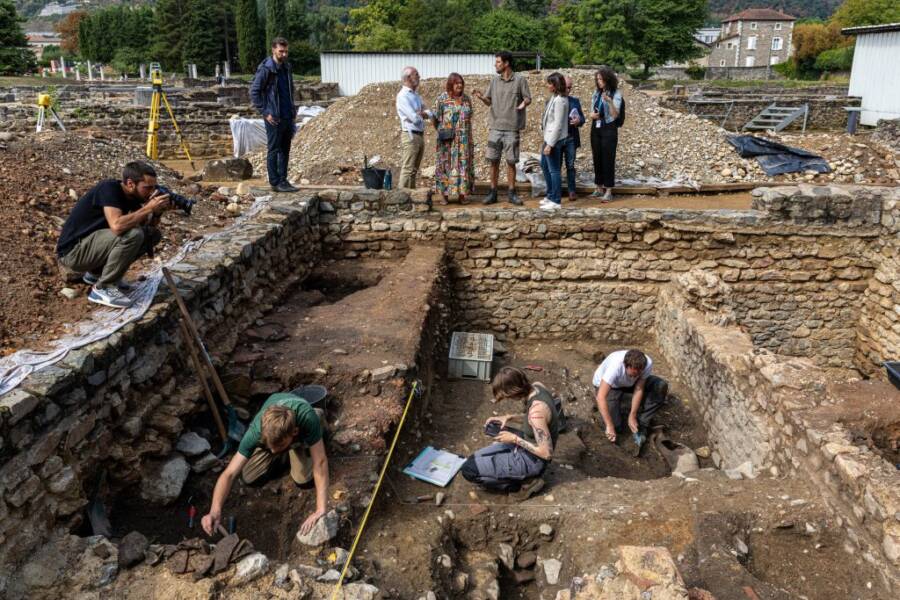
Musée Gallo-RomainArchaeologists during the excavations of the mausoleum found near Lyon.
Giulia Ciucci, scientific director of the Saint-Romain-en-Gal archaeological site, emphasized the symbolic importance of the design. Researchers believe that the monument was designed to convey imperial prestige and that it belonged to a person “who, even dead, must still be present in the world of the living. Most certainly a character belonging to the aristocratic elite, with an important political role and linked to imperial power.”
What Saint-Romain-En-Gal Was Like In The Days Of Ancient Rome
The Rhône Valley was one of the most important arteries of the Roman Empire in Gaul, linking Mediterranean trade routes to northern provinces. The site of Saint-Romain-en-Gal stood across the river from Vienne, a thriving Roman colony and political hub.
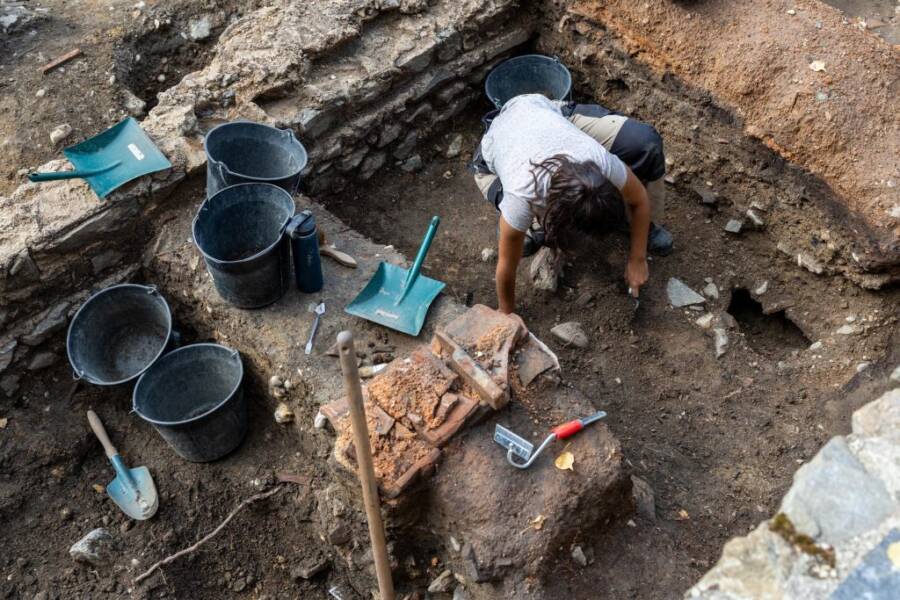
Musée Gallo-RomainThe identity of the mausoleum’s occupant, or occupants, remains unknown.
In antiquity, it would have been teeming with villas, workshops, warehouses, and public buildings, prospering both economically and culturally due to its location.
Previous archaeological excavations have revealed lavish mosaics, thermal baths, and evidence of wine production, all of which showcased the wealth of the elite who lived there. That such an ambitious mausoleum would also be found at Saint-Romain-en-Gal only further emphasizes this status.
Clearly, the builder’s family meant to assert their position within the Roman hierarchy.
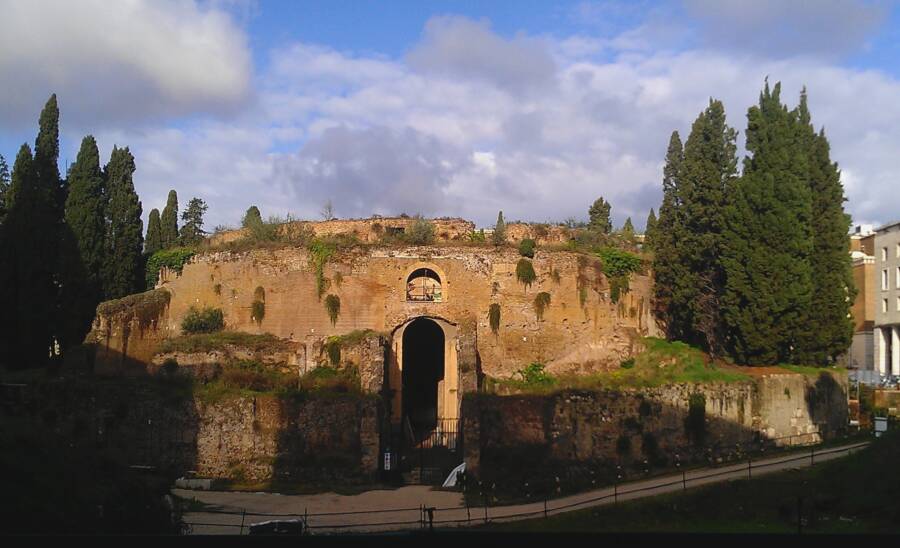
Wikimedia CommonsThe Mausoleum of Augustus in Rome in 2016, before restoration work on it began.
The inspiration for the monument seems to be none other than the Mausoleum of Augustus in Rome, erected in 28 B.C.E. It housed the remains of the first Roman emperor, Augustus, as well as later members of the Julio-Claudian dynasty of emperors.
For provincial elites in Gaul, constructing a smaller version of this magnificent tomb was simultaneously an homage and an assertion of their own power. It tied their legacy to the very heart of the empire, even as they lived on its periphery. In a way, this newly-uncovered mausoleum’s presence shows just how far Roman influence and identity extended beyond the borders of the city of Rome itself.
How The Public Was Able To Watch Archaeological Work Unfold In Real Time
The excavation was a fairly public display, open for viewing to visitors, students, and residents throughout the summer season. This rare transparency allowed visitors to connect with ancient history in real time, in a manner atypical of such sites.
“We have all dreamed of being on excavations and being there when a discovery is made,” said Martine Publié, vice president of the Rhône department overseeing culture and tourism.
